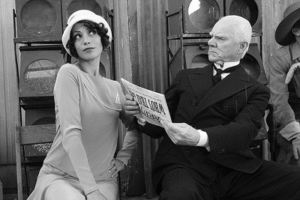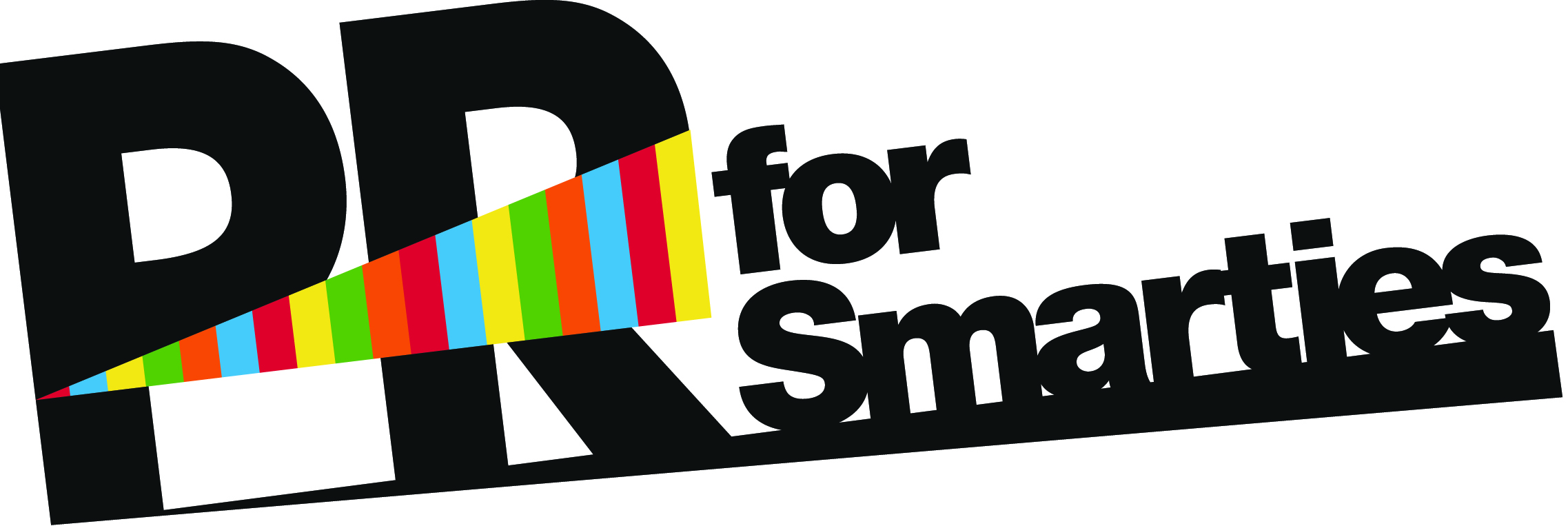 When you read a newspaper or magazine, or watch a news program, what goes through your head? Are you absorbing the interviews, agreeing with the reviews, railing against (or for) the op eds? Congratulations, you’re normal!
When you read a newspaper or magazine, or watch a news program, what goes through your head? Are you absorbing the interviews, agreeing with the reviews, railing against (or for) the op eds? Congratulations, you’re normal!
I, on the other hand, am scouring the newsprint for reasons behind the coverage. Why did this project get coverage? What was newsworthy about it? Was the subject a Bright Young Thing? If so, why does the editor or writer or producer perceive them this way? How is the story angled? Why did they tell it that way and not another way? How did this angle make it a better fit for the outlet?
(Admittedly, I spend less time dissecting television simply because TV wants celebrity. And you can just about Full Stop it right there.)
In order to understand why you are not getting coverage, it’s important to understand why someone else is. For example, if you have a nonfiction book about an obscure, mainly academic topic, the chances of a People Magazine review or booking an appearance on The Daily Show is pretty damn slim. Because these are outlets are nailing specific demographics and your project simply is too niche.
So the next time you’re on NYPost.com (come on, you know you read it) or Vulture or flipping through Time Out, take a look at the stories and think about why the writer/editor decided to give that particular project coverage.
No doubt, this exercise can be tough on the ego. Try not to fall into the “but what about meeeeeeee” trap when you are reading the rave review of your arch nemesis. Try instead to break down why Arch Nemesis got the coverage in the first place. What you learn may surprise you.
